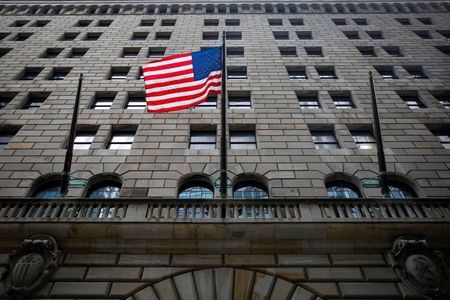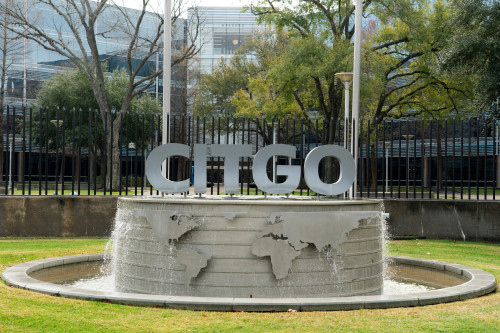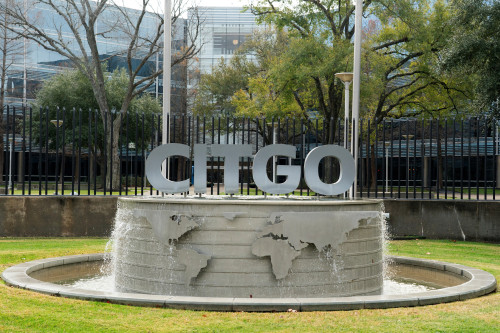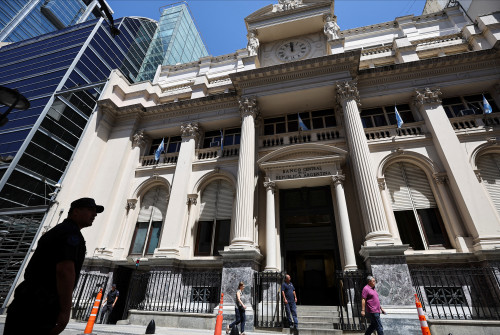By Michael S. Derby
(Reuters) – The Federal Reserve Bank of New York on Tuesday added new limitations to the terms governing who can access a well-used tool it uses to help manage short-term interest rates.
The bank said that firms that want to use its reverse repo facility should only apply for access if it is consistent with the existing business model of the firm, a move that appears aimed at cutting off access to investment entities set up specifically to take advantage of the tool.
Accessing the reverse repo facility “should be a natural extension of an existing business model, and the counterparty should not be organized for the purpose of accessing [reverse repo] operations,” the bank said.
Money market funds that “in the sole judgment of the New York Fed, are organized for a single beneficial owner, or exhibit sufficient similarities to a fund so organized, generally will be deemed ineligible to access reverse repo operations,” the bank said.
The New York Fed did not say in its statement what prompted it to clarify the terms of access for reverse repo counterparties. The last time the Fed issued a statement on the reverse repo tool was two years ago, when it clarified some of the conditions a firm must meet to use the reverse repo tool.
The Fed’s reverse repo facility is one of two tools the central bank uses to help keep its overnight federal funds rate, the main lever of monetary policy, where officials want it to be.
The Fed currently pays deposit-seeking banks 4.9% to park cash at the central bank, in turn setting the high end of the interest rate range.
The reverse repo facility, now at 4.8%, sets the low end of the range. The federal funds rate is currently set at 4.75% to 5% and is likely to rise by a quarter percentage point at next week’s policy meeting.
The Fed’s reverse repo facility has seen massive inflows of cash since the spring of 2021, and since June, eligible firms, which are mainly money market funds, have parked at least $2 trillion per day at the Fed.
The surge of interest has been tied to the reserve repo facility generally offering a better rate than private money market investments, making it safer and easier to park money at the central bank.
Fed officials have long argued that as they raise rates and normalize monetary policy, they expect money to drain out of the reverse repo facility. But that has yet to happen in any meaningful way, and on Tuesday the tool took in $2.275 trillion.
The Fed has pushed back at other firms who have set up operations that some view as specifically designed to take advantage of the monetary policy toolkit.
(Reporting by Michael S. Derby, editing by Deepa Babington)





